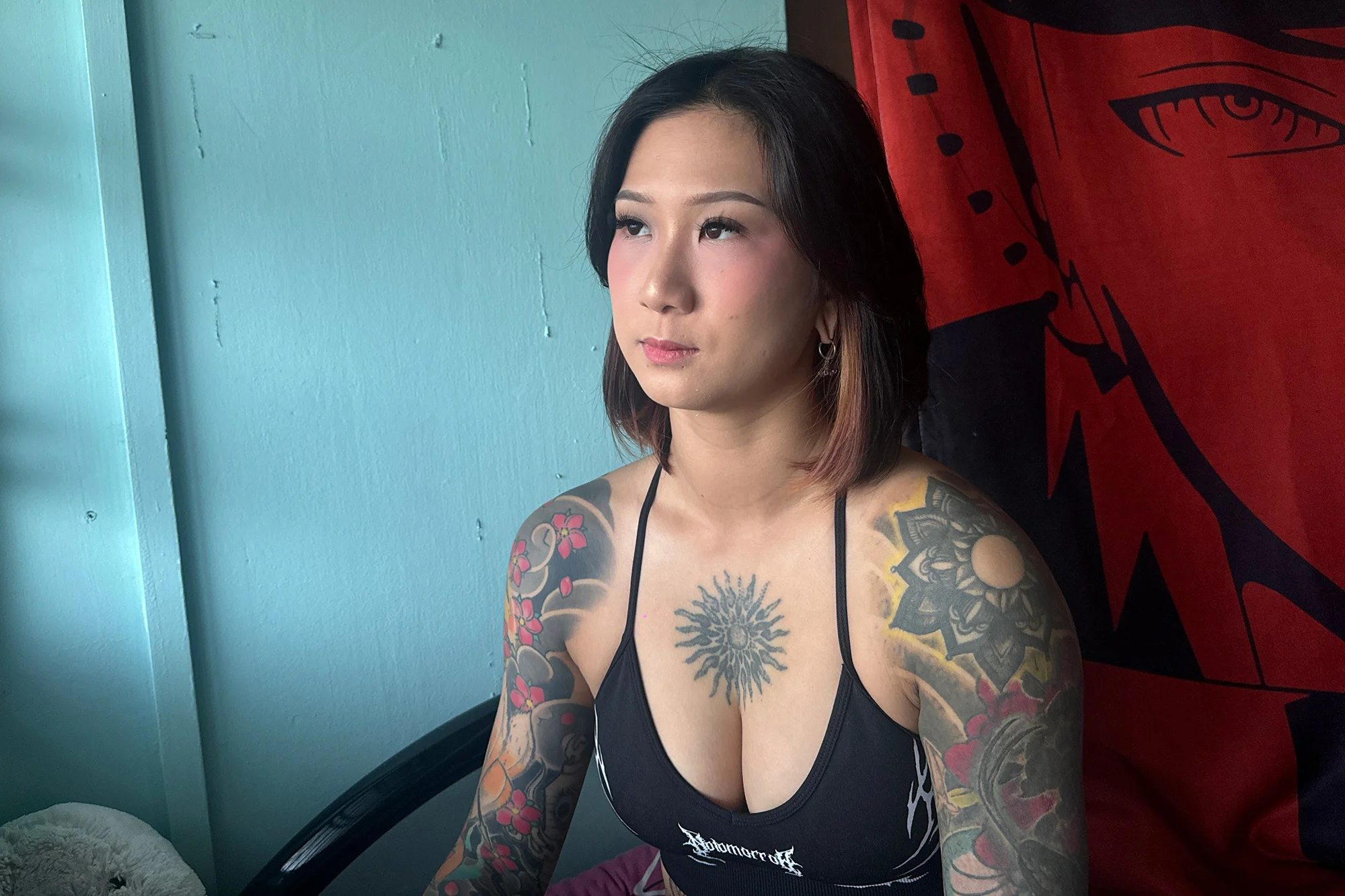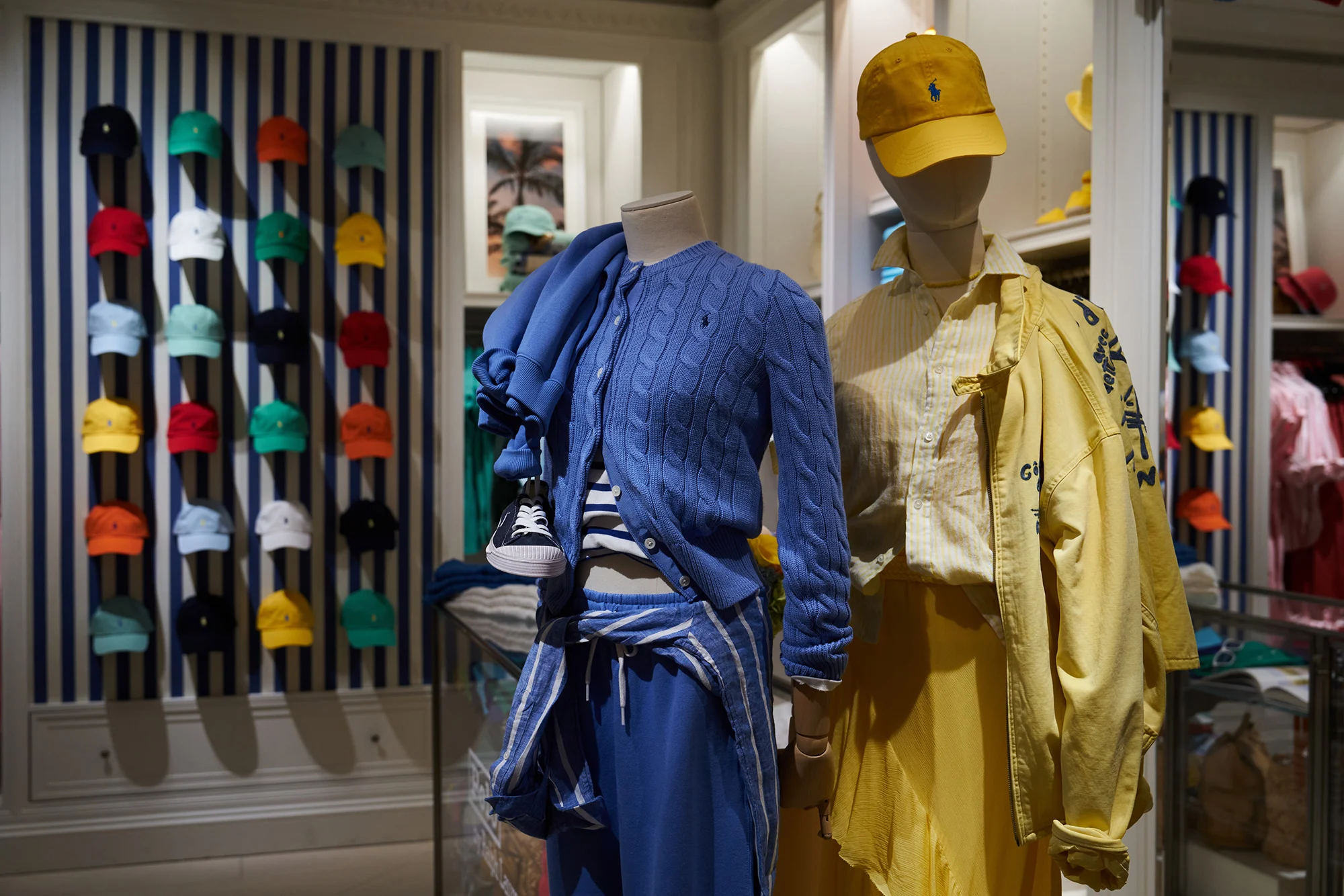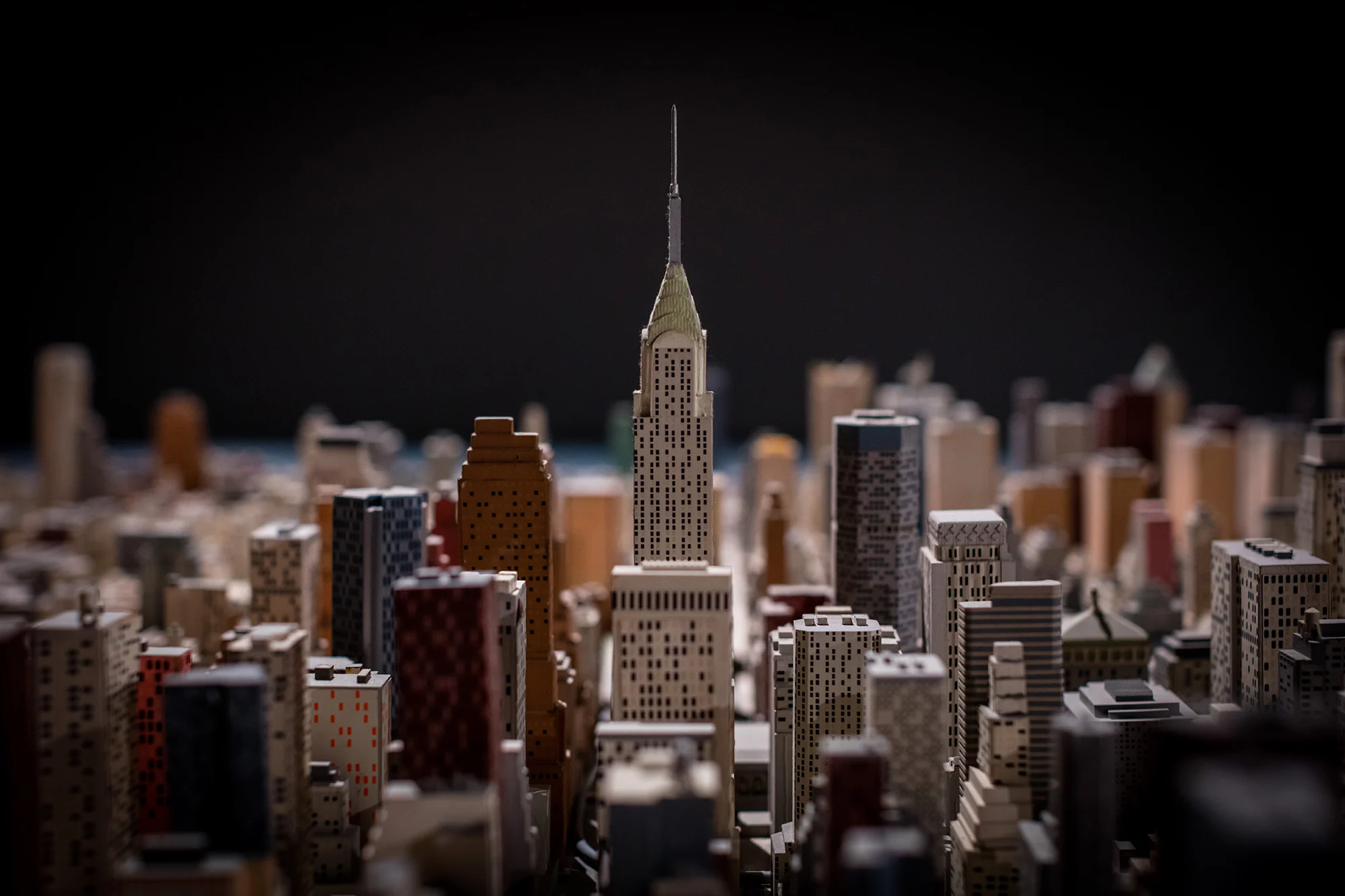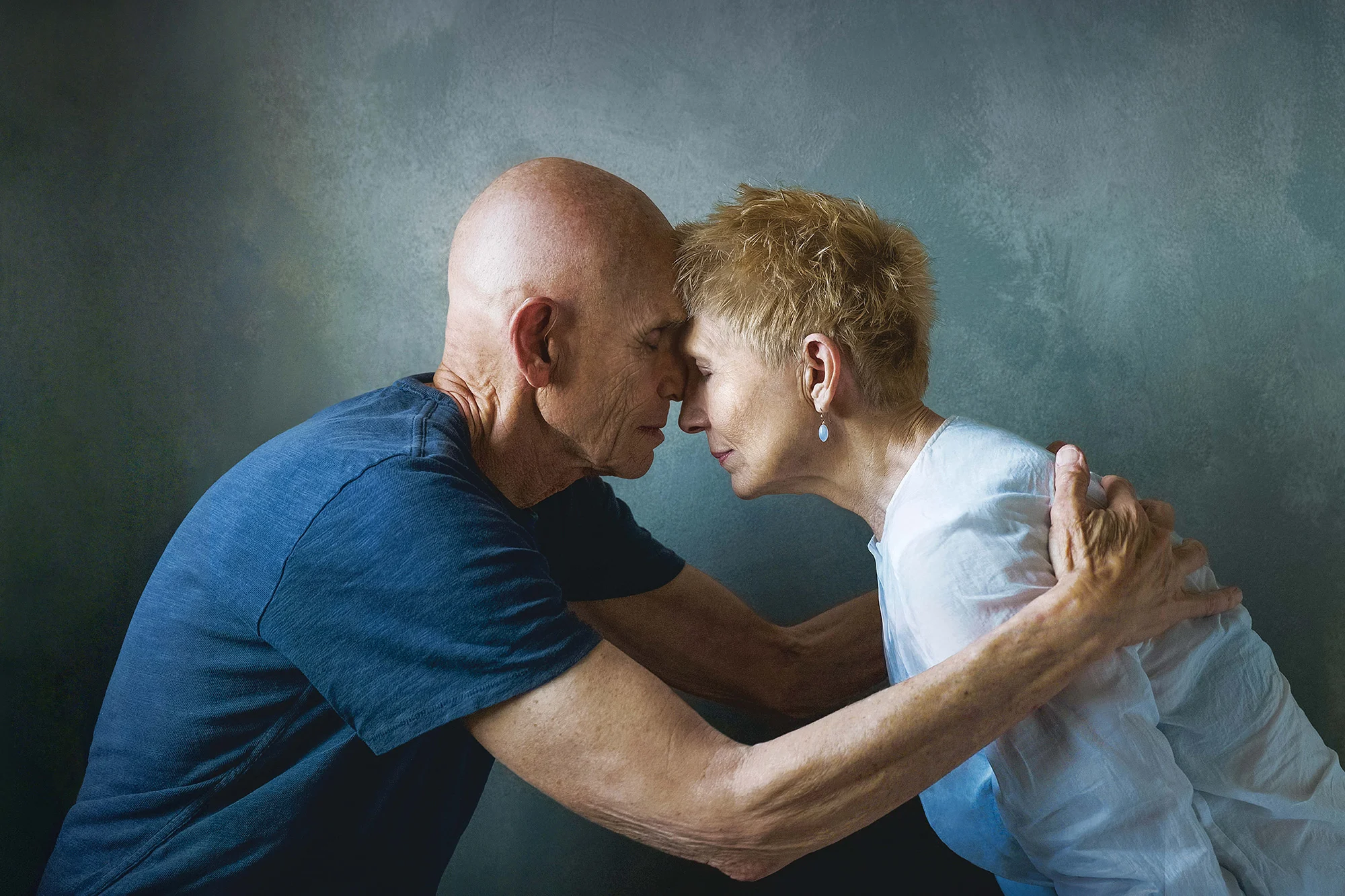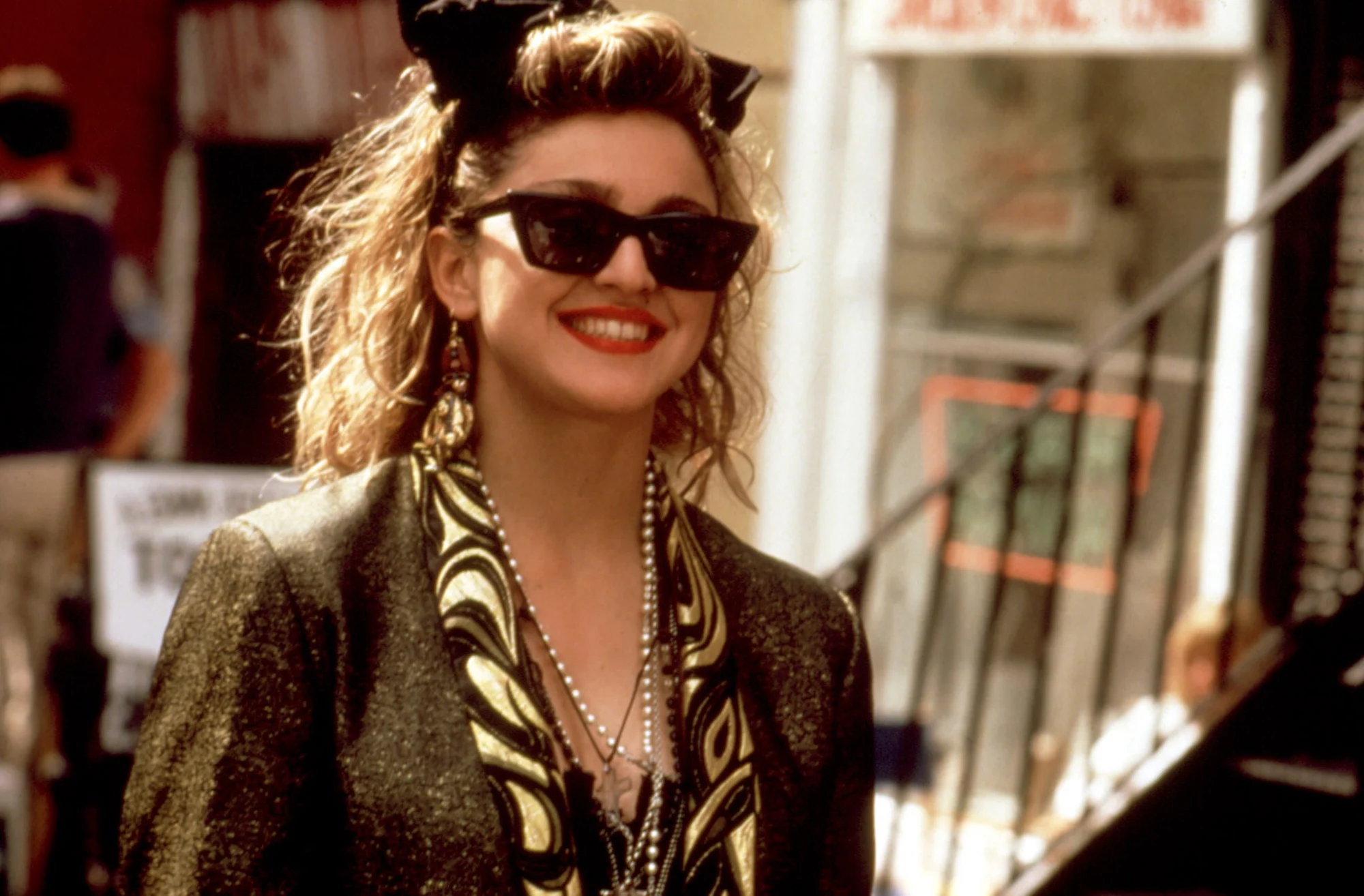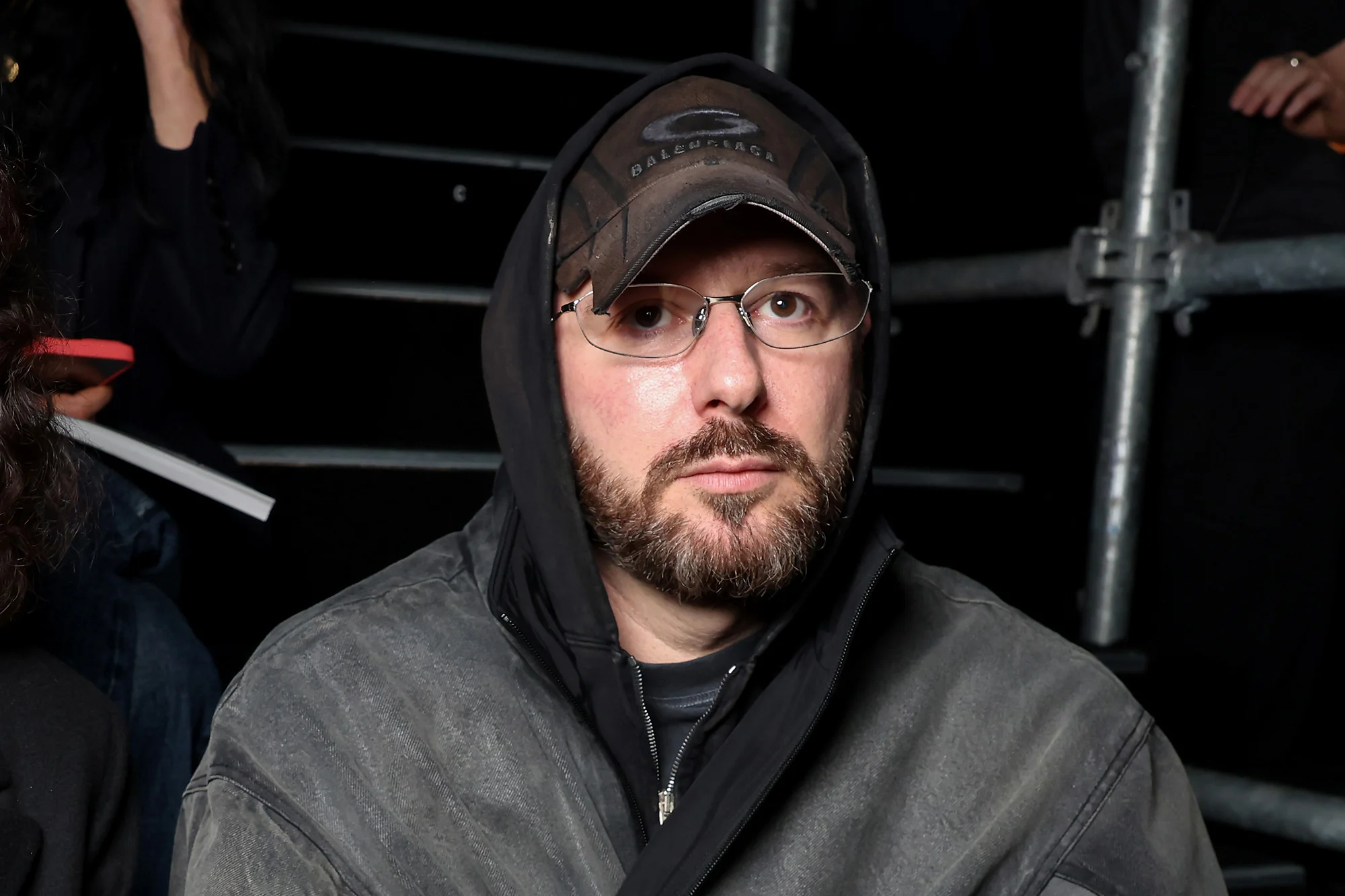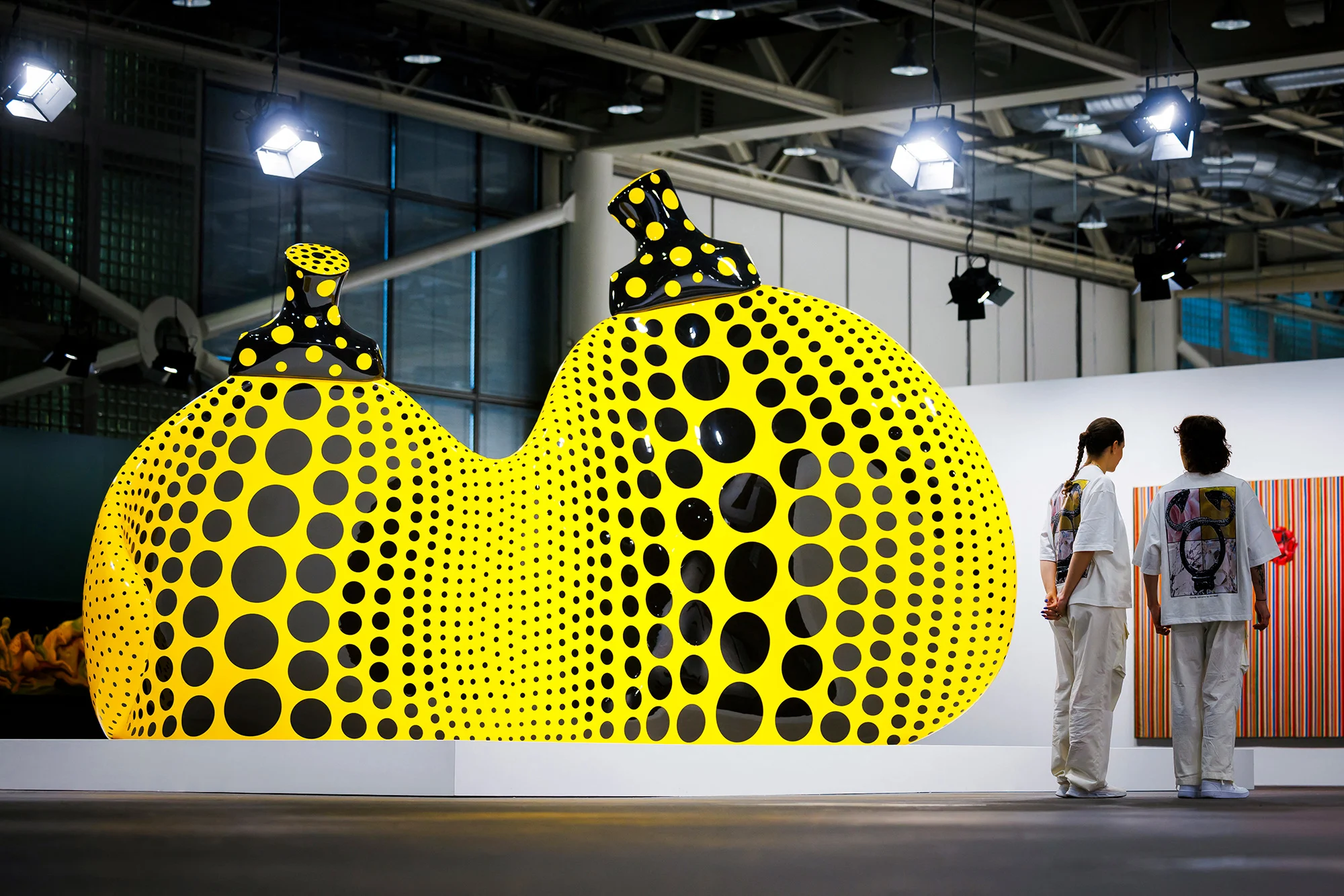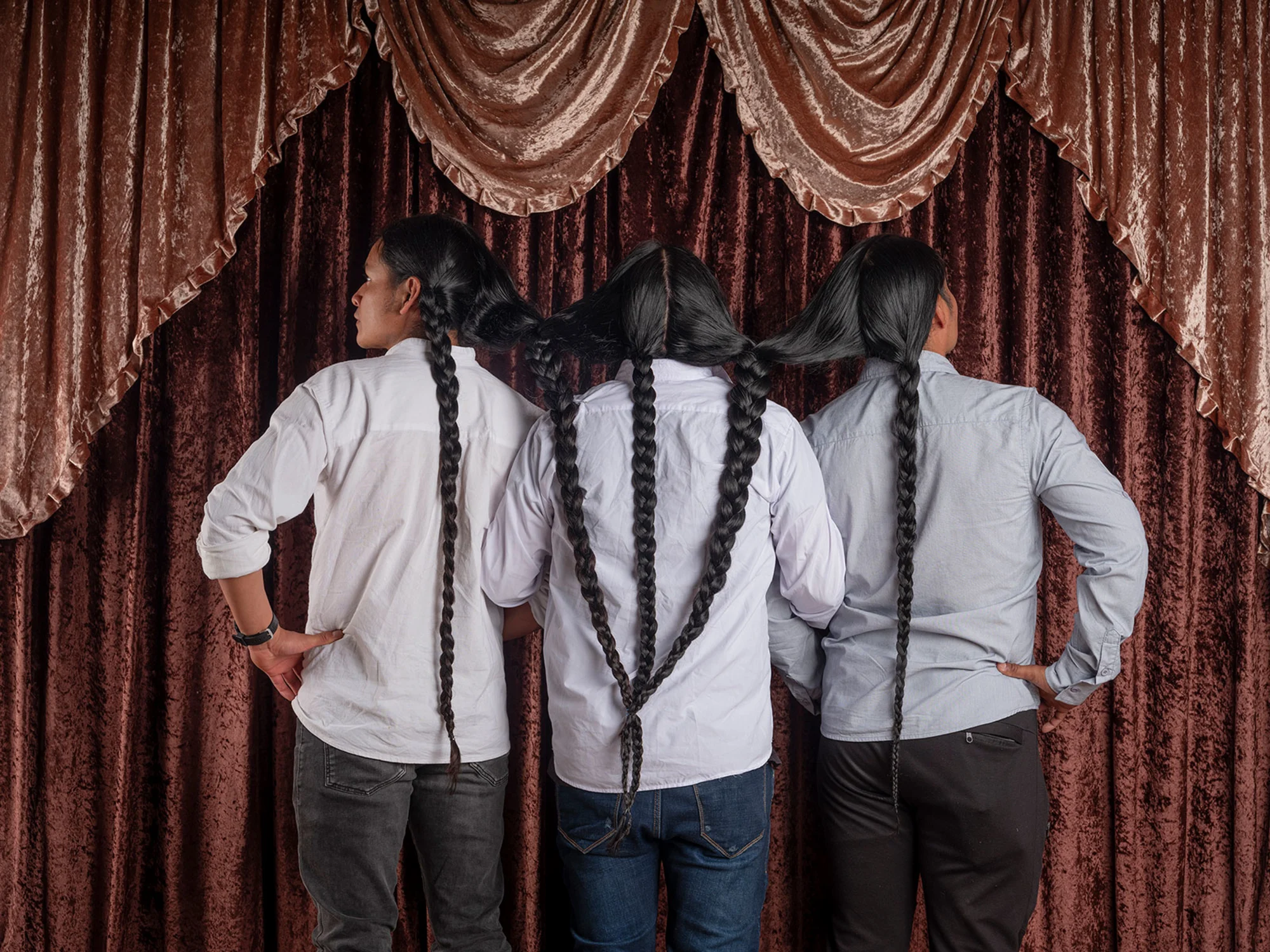
In the mountains of Ecuador, Argentinian photographer Irina Werning has spent over twenty years traversing Latin America with a unique mission: to capture portraits of individuals with the longest hair. Her project, titled “Las Pelilargas” or “The Long-haired Ones,” highlights the cultural significance of long hair across the region, from Indigenous communities to urban centers.
Through her interviews with the people she encountered, Werning discovered various personal reasons for maintaining long hair, but many of the stories centered around its deep connection to cultural identity and ancestral traditions. “The true reason is invisible and passes from generation to generation,” she writes on her website. “In Latin American culture, our ancestors believed that cutting hair was akin to cutting life, that hair represents our thoughts, our souls, and our connection to the land.”
At the PhotoVogue festival in Milan earlier this year, Werning showcased the final chapter of her series, titled “La Resistencia,” which features portraits of Indigenous Kichwa people from Otavalo, Ecuador. “I was curious about photographing men after so many years of focusing on women,” Werning shared in a phone interview with CNN, noting that long hair is often associated with femininity.
Werning’s journey began in the Andes, where she was photographing schools in the Kolla community in Argentina’s northwest. There, she encountered women with incredibly long hair, sparking her interest and leading her to take their portraits. “I went back to Buenos Aires, and the images haunted me,” she recalled. “I decided to return to these small towns.” Without the widespread use of social media in 2006, she put up posters in local towns seeking women with long hair for artistic purposes. As her project expanded, she organized long-hair competitions, bringing more women together. By February 2024, the project culminated in “La Resistencia.”
For many communities, braids are symbols of cultural identity and resistance. In the Kichwa community, as with other Indigenous groups in the Americas, men wear long braids as a way to reclaim a tradition that was forcibly erased during Spanish colonial rule, when the Indigenous people were pressured to cut their hair and assimilate. “Braids in Indigenous communities are a form of resistance,” Werning said. “The colonizers would cut them. The braid became a symbol of unity and identity—a physical act that was easy for them to take away.”
One portrait from “La Resistencia” shows two sisters in traditional white blouses sitting at a table while their father braids their brother’s hair. Werning explains that the father, RUMInawi Cachimuel, had his own braids cut as a child to avoid discrimination at school. Now, as an adult, he emphasizes the importance of preserving Kichwa traditions, from clothing and music to hair.
“We’ve fought hard for our braids; it was a long struggle to proudly display them,” Cachimuel told Werning in an interview, translated from Kichwa. “We’ve endured many hardships, and now I teach my children to learn from our ancestors and pass down our heritage to future generations.”
Another striking portrait captures a father and his two sons braiding each other’s hair. According to Werning, only direct relatives are allowed to braid one another’s hair, underscoring the importance of familial bonds in the practice.
Later this year, Las Pelilargas will be published as a book. As the series nears its end, Werning has returned to some of the places she visited early in her journey to see how they have changed. “As photographers, we often feel a sense of urgency, thinking ‘this is something that is disappearing, so I need to document it,’” she said. “And in many ways, that’s true—globalization does change communities.” But in the small northern Argentine towns where she first began her project, Werning was pleased to find that long hair remained a constant presence. “Las pelilargas were still everywhere.”


